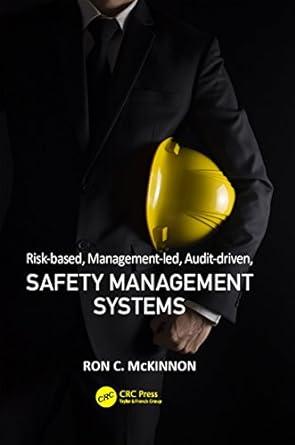Answered step by step
Verified Expert Solution
Question
1 Approved Answer
Exercise 7-7A Effect of recognizing uncollectible accounts on the financial statements: percent of receivables allowance method LO 7-2 [The following information applies to the questions
Exercise 7-7A Effect of recognizing uncollectible accounts on the financial statements: percent of receivables allowance method LO 7-2
[The following information applies to the questions displayed below.] Leach Inc. experienced the following events for the first two years of its operations: Year 1:
- Issued $27,000 of common stock for cash.
- Provided $96,700 of services on account.
- Provided $53,000 of services and received cash.
- Collected $86,000 cash from accounts receivable.
- Paid $55,000 of salaries expense for the year.
- Adjusted the accounting records to reflect uncollectible accounts expense for the year. Leach estimates that 5 percent of the ending accounts receivable balance will be uncollectible.
- Closed the revenue account.
- Closed the expense account.
Year 2:
- Wrote off an uncollectible account for $820.
- Provided $105,000 of services on account.
- Provided $49,000 of services and collected cash.
- Collected $98,000 cash from accounts receivable.
- Paid $82,000 of salaries expense for the year.
- Adjusted the accounts to reflect uncollectible accounts expense for the year. Leach estimates that 5 percent of the ending accounts receivable balance will be uncollectible.
-
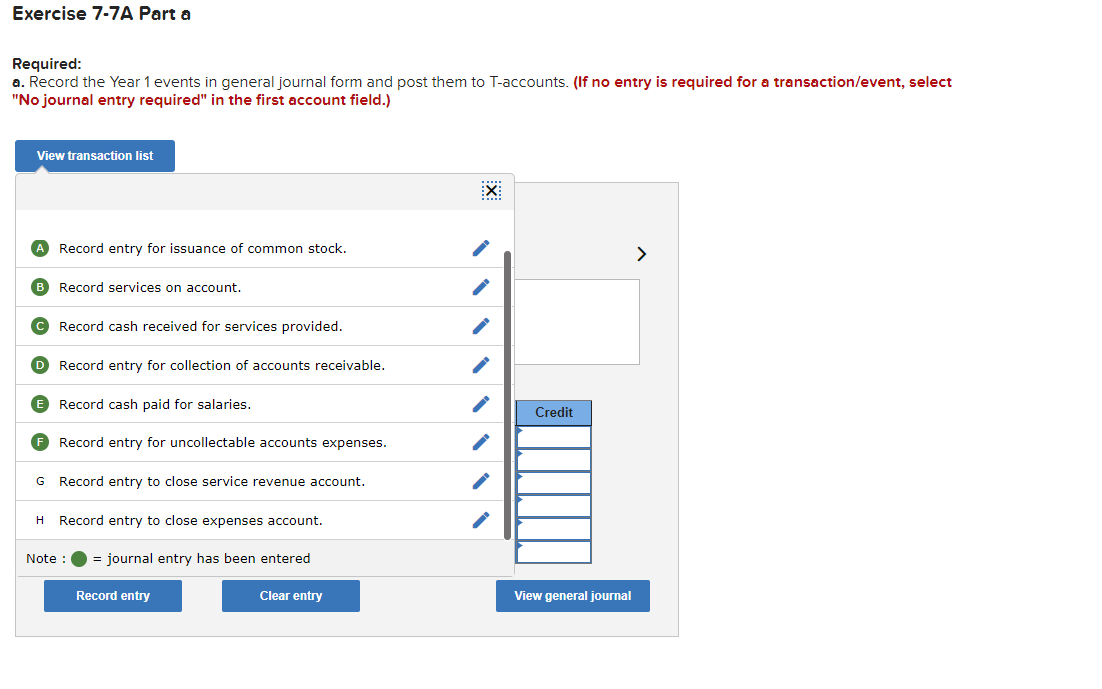
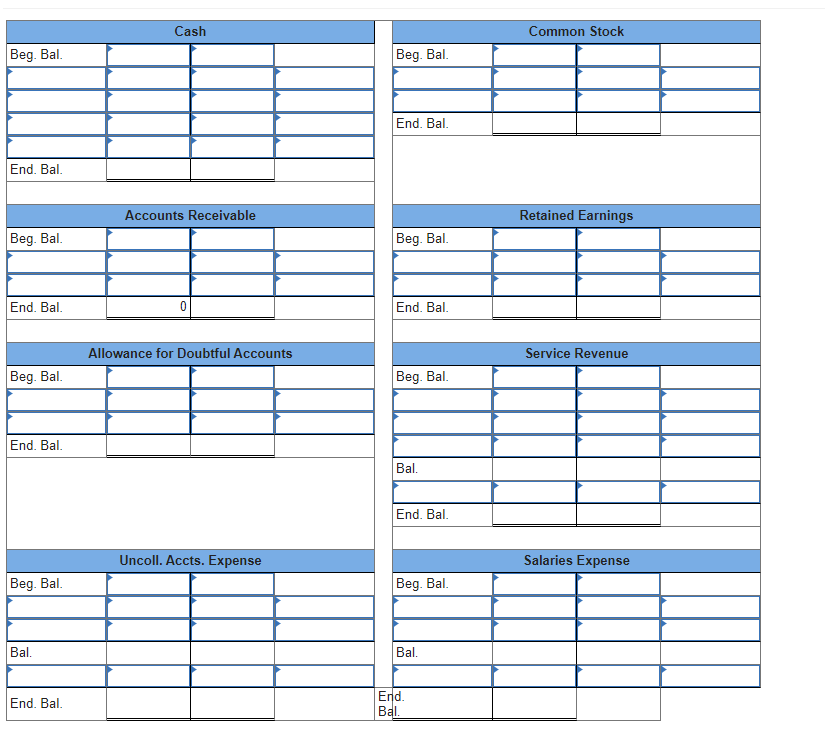

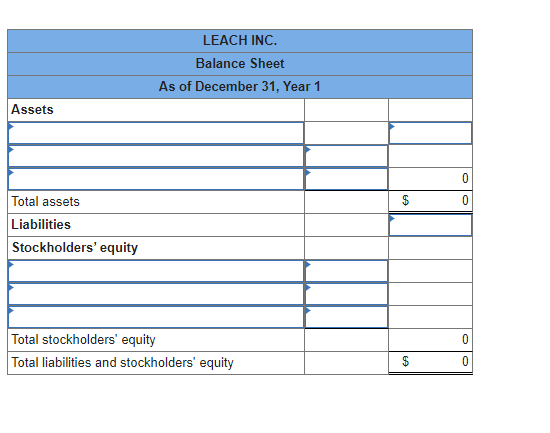
-
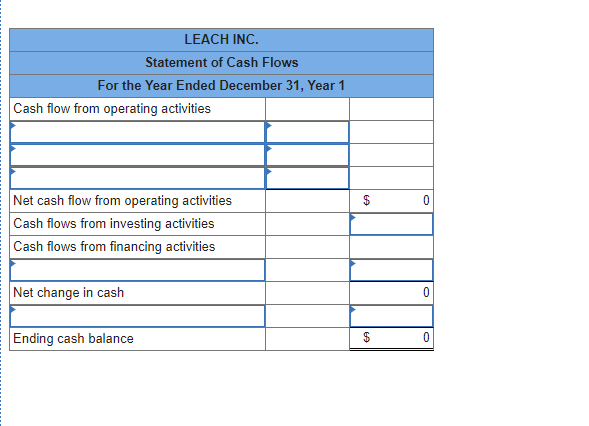

Step by Step Solution
There are 3 Steps involved in it
Step: 1

Get Instant Access to Expert-Tailored Solutions
See step-by-step solutions with expert insights and AI powered tools for academic success
Step: 2

Step: 3

Ace Your Homework with AI
Get the answers you need in no time with our AI-driven, step-by-step assistance
Get Started


